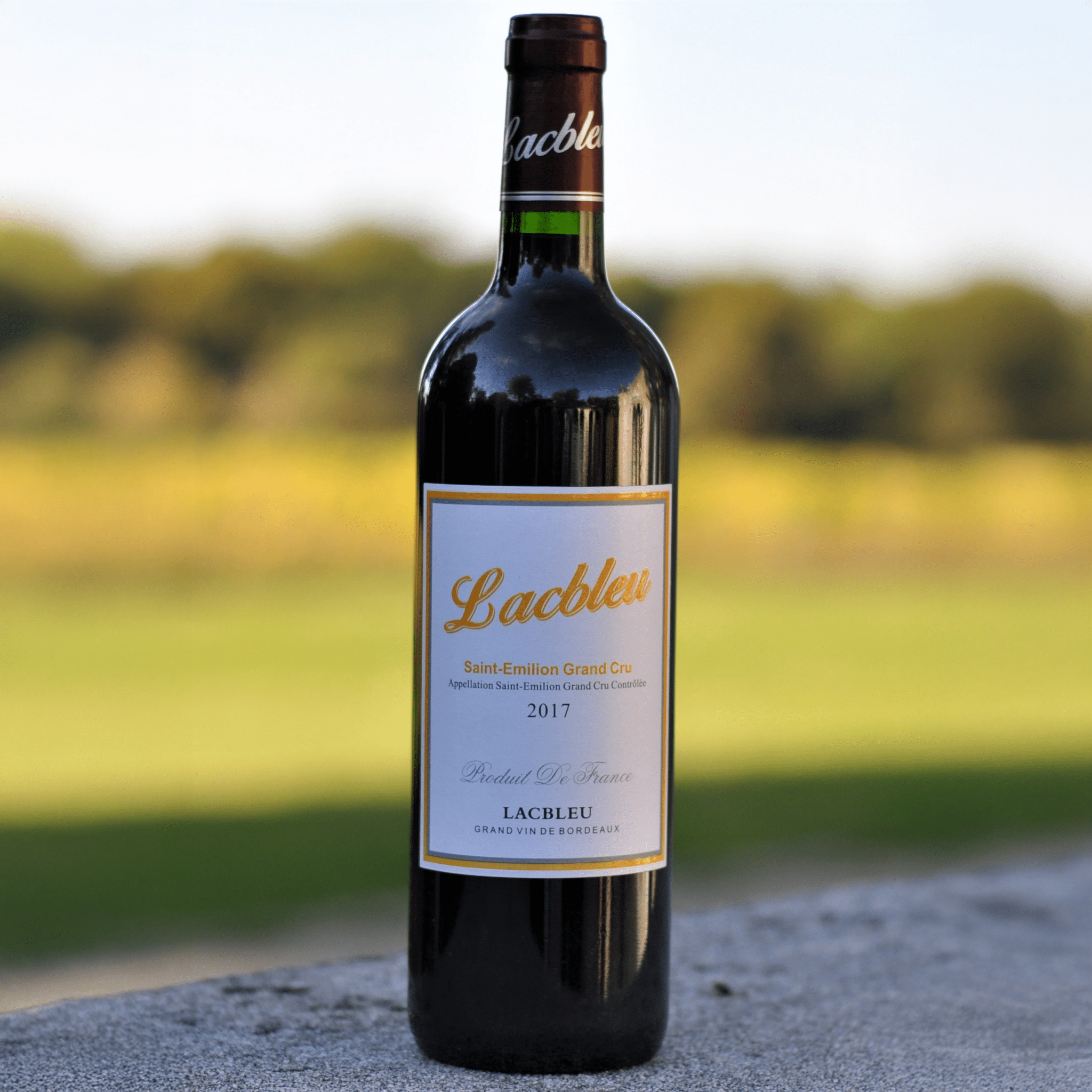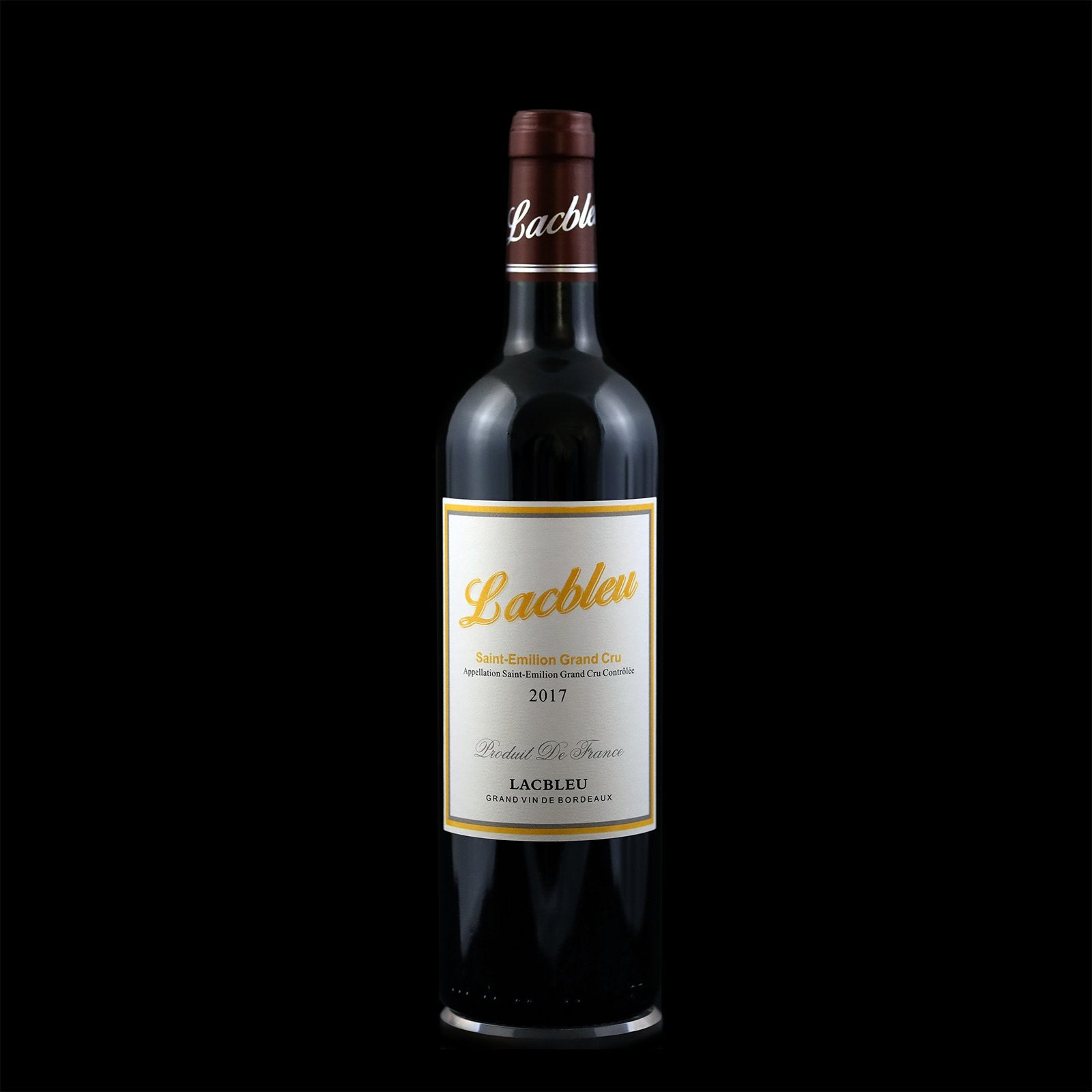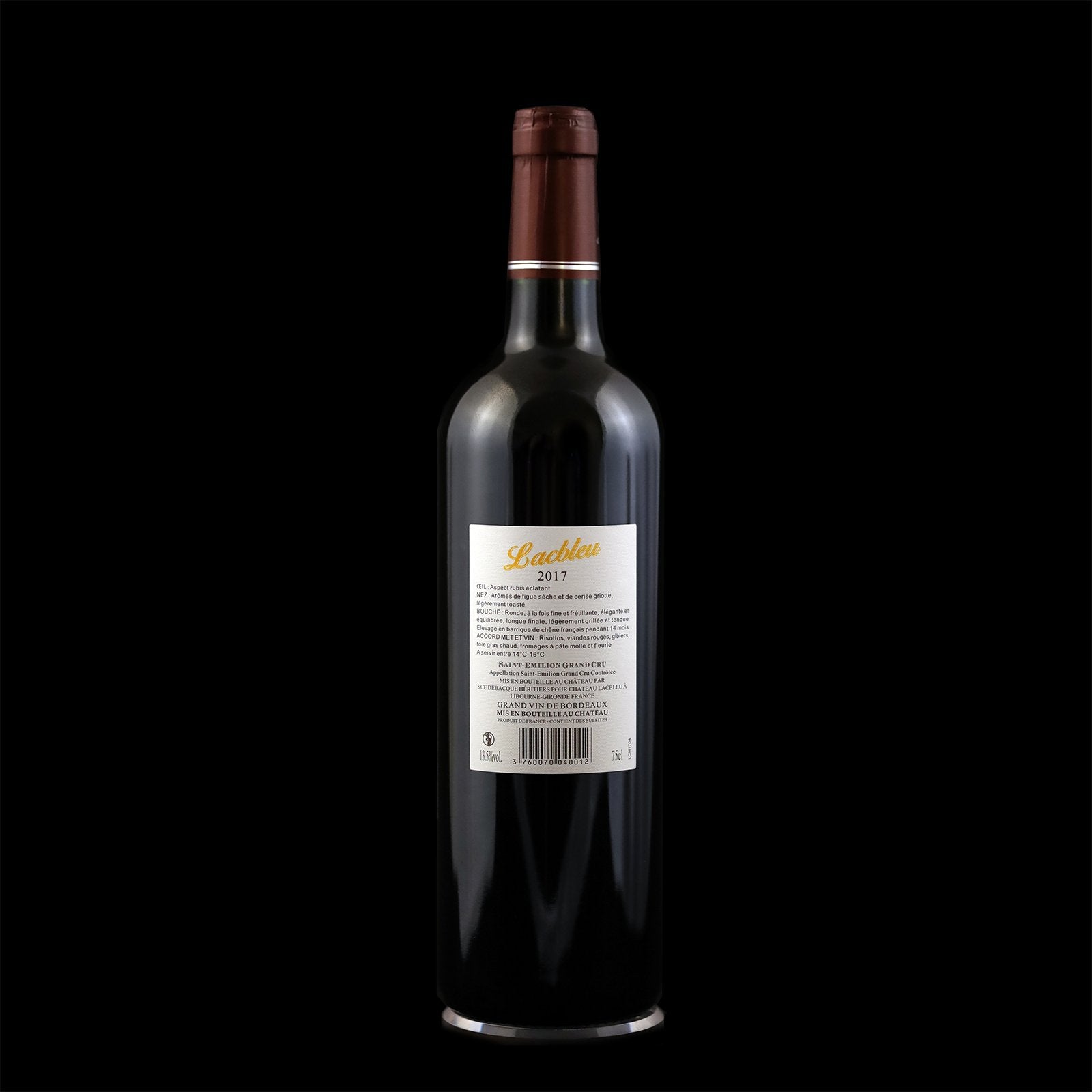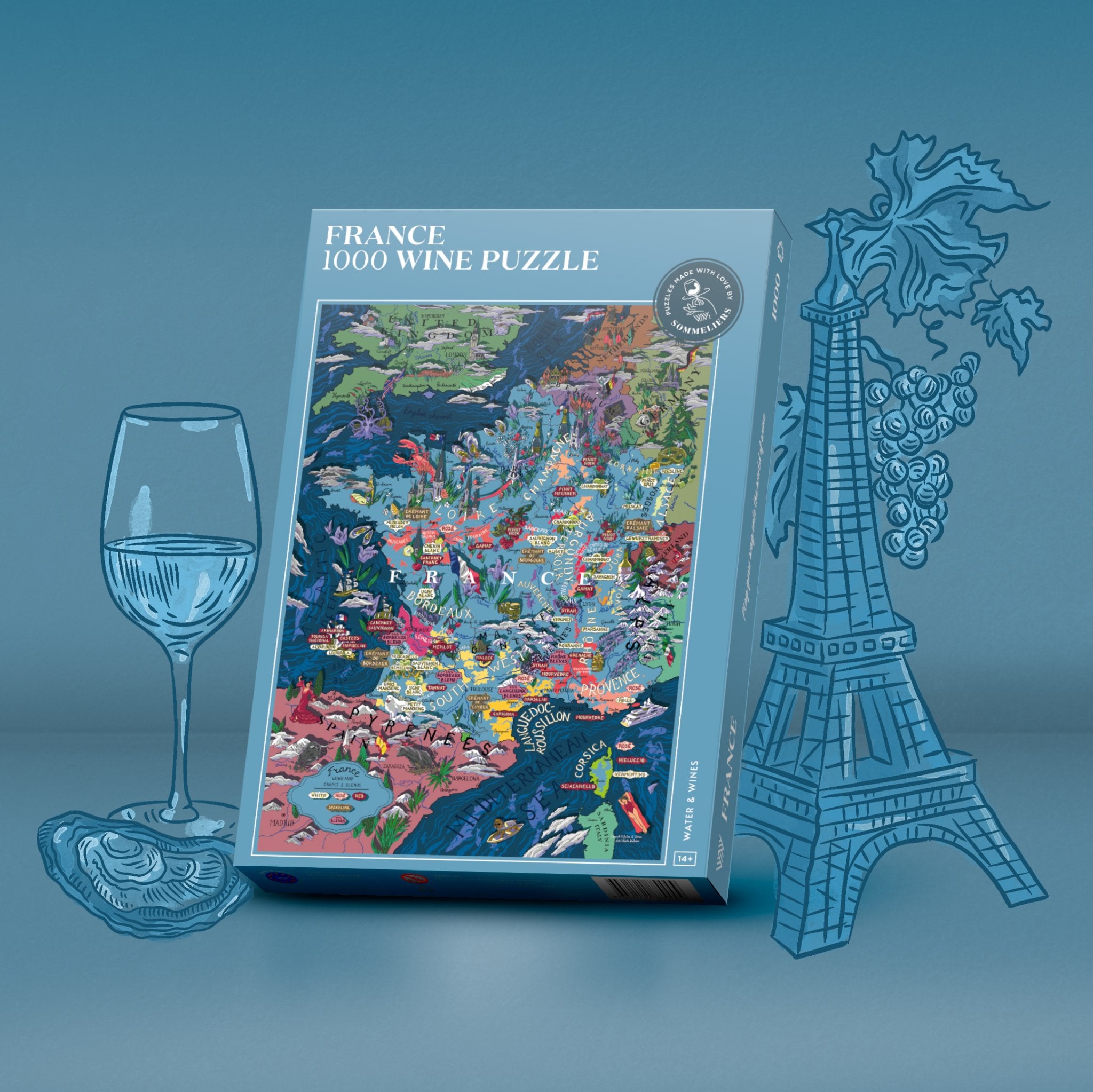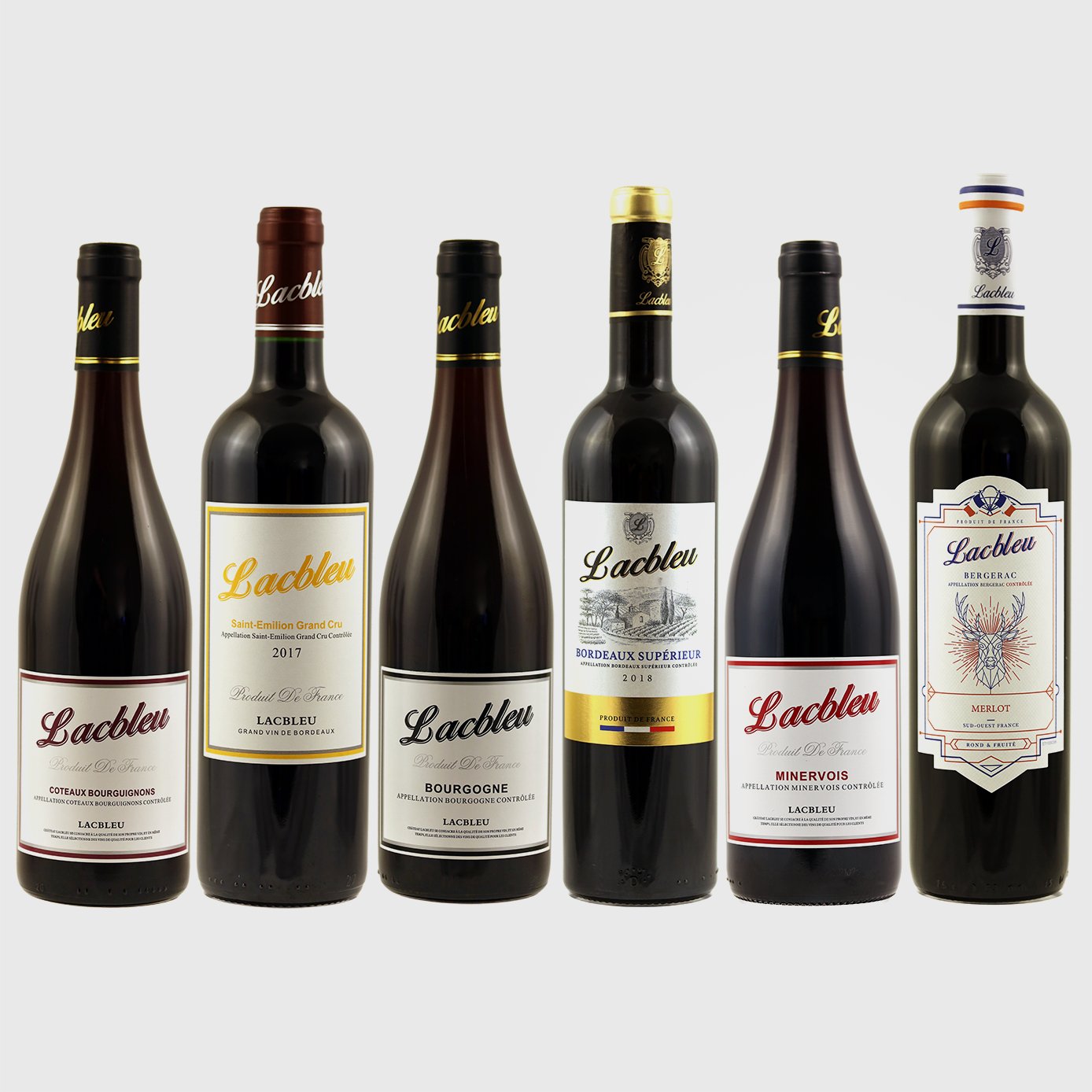Menu

St-Emilion Grand Cru

ABOUT THE TERROIR
ABOUT THE TASTE


FOOD PAIRING SUGGESTIONS
What does Grand Cru mean in St Emilion?
Is Saint Emilion Grand Cru a good wine?
Why is Saint-Émilion so expensive?
How many Saint-Émilion Grand Crus are there?
What is the difference between St. Emilion and St. Emilion grand cru?
How long can you keep Saint-Émilion Grand Cru?
Which is better Grand Cru or Premier Cru?
Should I decant Saint-Émilion?
Does Saint-Émilion age well?
What does cuvée mean in wine?
- Choosing a selection results in a full page refresh.









